To have a successful indoor garden, you need to understand the gardening basics. Like with any other type of garden, there are certain things you need to do to make sure your plants thrive. However, indoor gardening can also bring a few different things to be aware of and look out for. This article will give you some tips and tricks to improve your indoor gardening!
Contents
- 1 Watering Indoor Plants Properly
- 2 Pruning And Deadheading Flowers
- 3 Taking The Right Types And Amounts Of Care
- 4 Understanding About Plant Types
- 5 Knowing About Soil And Fertilizers
- 6 Taking Care Of Repotted Indoor Plants
- 7 Keeping Bright Light Indoors
- 8 Growing Indoor Fruit And Vegetables
- 9 Providing Space For Vertical Gardens
- 10 Keeping The Right Temperature
- 11 Conclusion
Watering Indoor Plants Properly

One of the most common problems with indoor plants is overwatering. It’s very easy to overwater indoor plants, making them rot. Make sure you’re checking your indoor plant regularly for moisture and only water if they need it! Watering needs vary heavily depending on the type of plant being grown. You can also look into what size container your plant came in as a general rule. If it’s a smaller pot, you’ll want to water more often; if it’s a larger one, less often.
Pruning And Deadheading Flowers
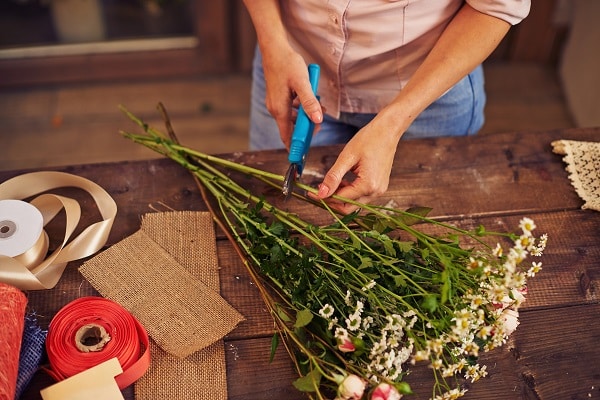
One of the best ways to improve your indoor garden is by pruning and deadheading your flowers. Cutting certain parts of the plant back can boost blooms, increase root growth production, and even lead to better fruit development. Keep an eye out for when it’s about time for pruning. Things like watering, light exposure, fertilizer, temperature, wind, and humidity all play a role in when pruning should happen.
Taking The Right Types And Amounts Of Care
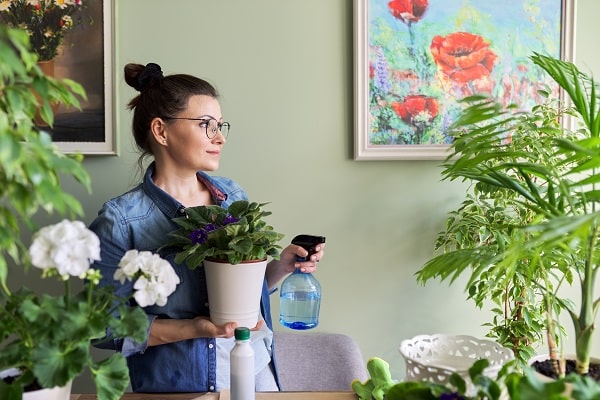
A prevalent problem with indoor plants is that sometimes, people don’t take the right amount of care for them. Just like houseplants need different types of care from outdoor plants, they also need more or less light, water, and warmth than the latter. Depending on what kind of plant you’re growing indoors, make sure to provide it with enough light and warmth! Not all plants will do well in shady or cool locations.
Understanding About Plant Types
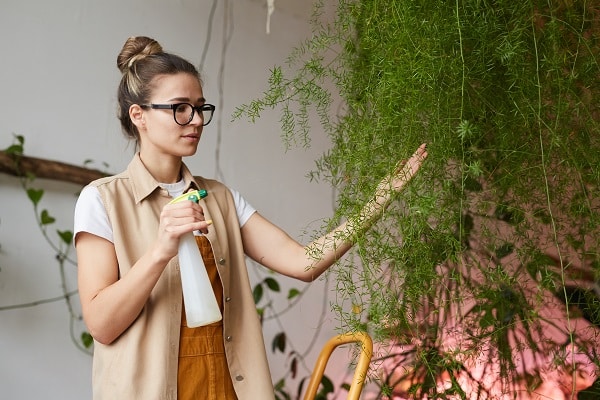
Different indoor plants require different conditions to maintain health and proper growth. Some like more shade; others need more light. Some are drought tolerant, while others need daily watering or rain. You’ll want to make sure you know what kind of climate your plant likes before buying it. Otherwise, you could be setting yourself up for failure!
Knowing About Soil And Fertilizers
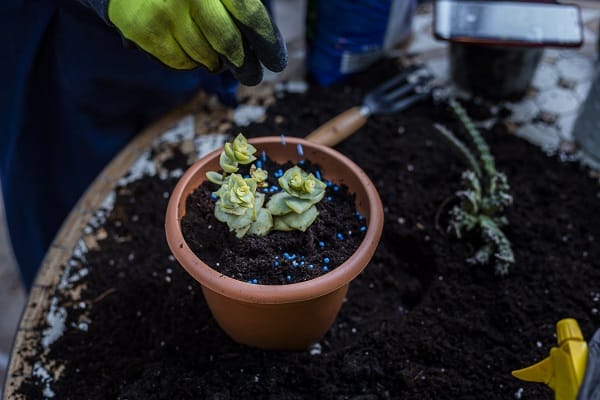
For optimal indoor garden conditions, it’s important to make sure your soil and fertilizer match up. Before planting, be sure to look into what types of soils will be best for your indoor plant! Different plants will need different amounts of nutrition, and using the wrong kind can stress out your plants and cause them not to grow well at all.
Taking Care Of Repotted Indoor Plants
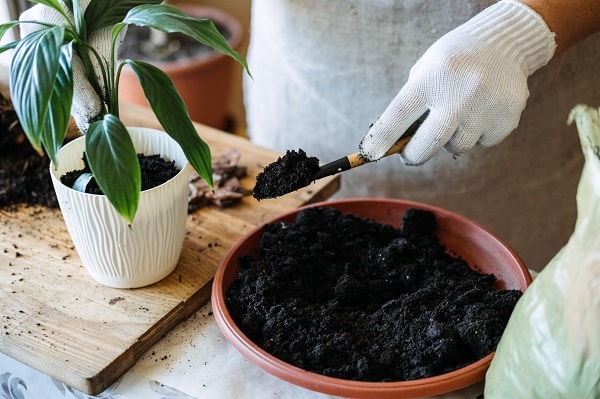
If you have recently repotted your indoor plant, it’s important to make sure you take care of it properly. Repotting them too often could stress the plant and cause it to decline in health! You’ll want to wait until after its second or third week of adjusting before fertilizing them again. Also, pay attention to how much water they’re getting, and scale back if necessary.
Keeping Bright Light Indoors
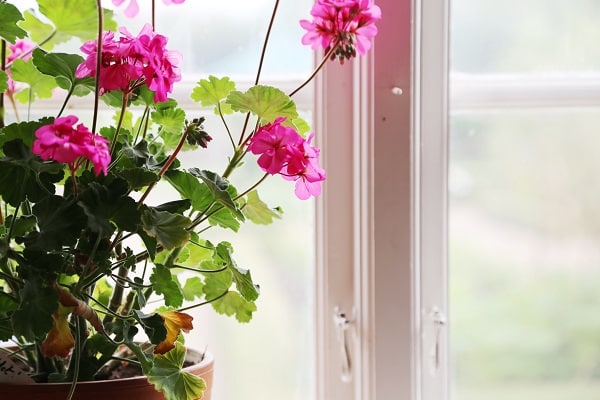
Make sure you’re checking your plant regularly to ensure it’s getting enough sunlight! While you might need to give your indoor plant a break from sunlight the rest of the year, it’s important to make sure it has enough light during its growing season. Some plants like cacti and succulents will only require bright light during their active growing period, but other plants need it year-round.
Growing Indoor Fruit And Vegetables
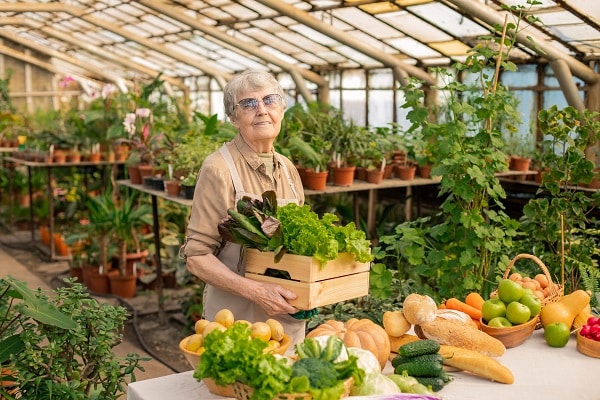
Some fruits and vegetables are better when grown indoors rather than outdoors. If you have a small space or live in an area with no outdoor growing season, it’s possible to grow your own food indoors. Tomatoes, cucumbers, and herbs are much easier to grow indoors than most other produce. Some other excellent fruits and vegetables to grow indoors are; strawberries, lettuce, carrots, and broccoli.
Providing Space For Vertical Gardens

Vertical gardens are all the rage right now because they provide a unique growing option that you wouldn’t be able to find otherwise. If you’re limited on space but still want to grow some plants, it’s possible to put together your own vertical garden too! There are kits available online which allow you to do this at home, and you can even experiment with making some on your own using different types of materials.
Keeping The Right Temperature
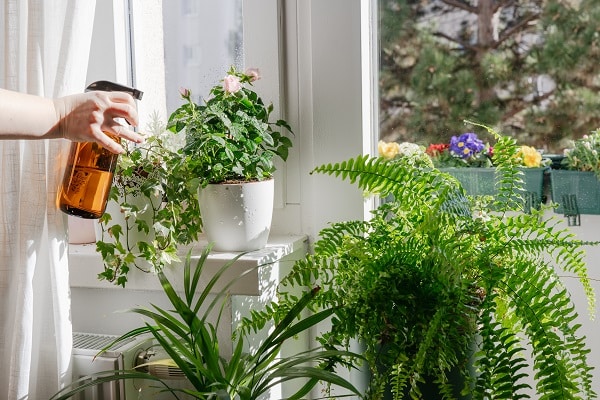
Temperature is an integral part of the growing process for all plants. Many people don’t realize that if they keep their air conditioning on during the summer months, it can be too cold for some plants inside. Just like people, plants like things a certain way! Make sure you understand what conditions your indoor plants like before trying to grow them.
Conclusion
There are a lot of tricks and tips you can use to improve your indoor garden. Hopefully, this article has covered some that will be useful to you. Remember, every plant is different, and not all techniques will work for everyone. Before trying out these tricks, be sure to research what your particular plant needs! Best of luck!